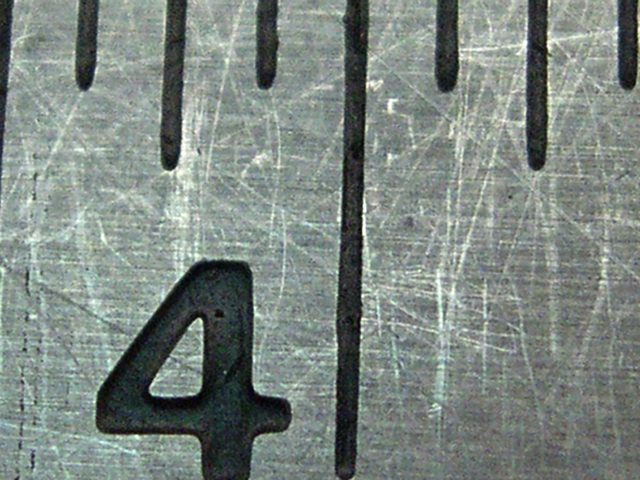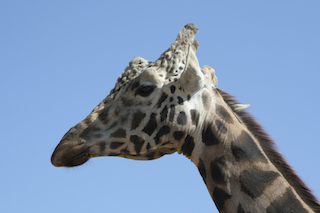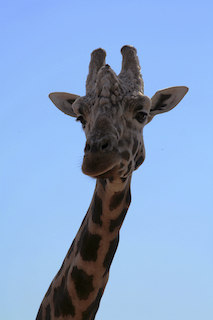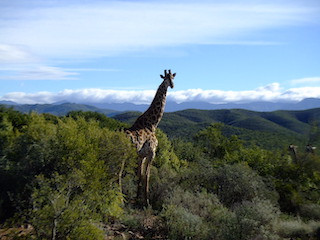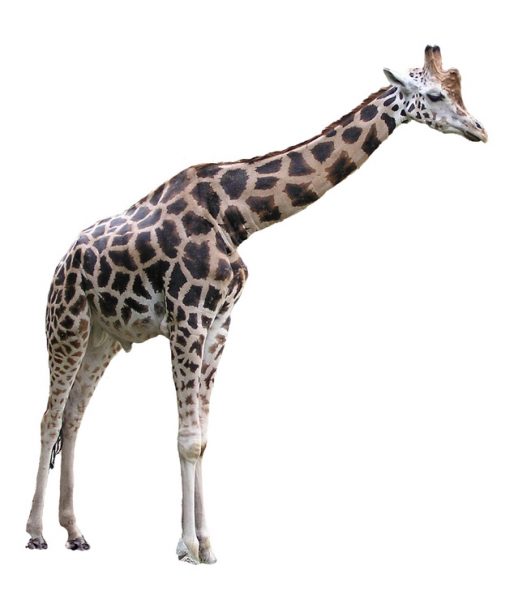
4 Functions Of The Spotty Coat
1) Camouflage effect
The differences in the coat of a giraffe tend to reflect the vegetation of the area where the subspecies live in and have a disruptive camouflage effect with different habitats. The spots blend in with the patterns that the savannah woodlands cast beneath their favorite acacia trees. This hides the animal in its dappled shadow and protects it from predators while foraging in forests.
2) Thermoregulator
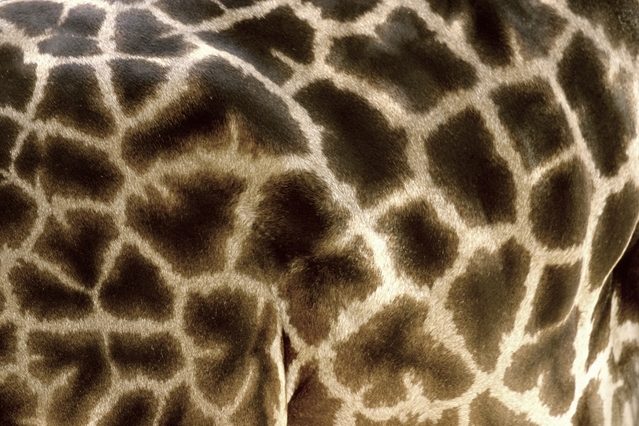
4 Functions Of The Spotty Coat
Around each patch of the giraffe’s coat, there is a large blood vessel that divides into smaller vessels underneath the patch. When it gets hot, the animal sends blood through the small branches into the patches which acts as thermal windows to release body heat. This way, each spot acts as a thermal door. This sophisticated blood vessel system and thermoregulated coat helps in controlling body heat enabling them to keep fresh and conserve water. Put it simply, their body temperature fluctuates according to the surrounding temperature. Hence, they never sweat or pant, like most mammals do.
3) Patches determine age
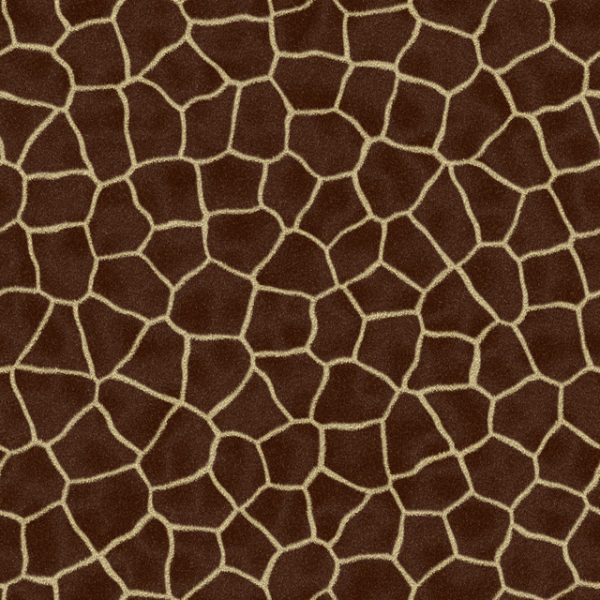 The level of darkness in a male giraffe’s spots gives away its years. The shade of patches can be used to determine its age. In other words, the age can be estimated by just looking at the color of the patches in their coat. The older the giraffe, the darker the patches. The hairy blotches on them darken after seven years of age starting from the center slowly extending outward to the edges. They start getting darker around the time of puberty. They turn from sienna brown to coal black by an average age of 10. Males have darker spots than females, with the dominant male having the darkest ones. It is unknown what causes this physical change. But it is believed that the shift in shade could be associated with changes in testosterone that signals the onset of puberty in giraffes.
The level of darkness in a male giraffe’s spots gives away its years. The shade of patches can be used to determine its age. In other words, the age can be estimated by just looking at the color of the patches in their coat. The older the giraffe, the darker the patches. The hairy blotches on them darken after seven years of age starting from the center slowly extending outward to the edges. They start getting darker around the time of puberty. They turn from sienna brown to coal black by an average age of 10. Males have darker spots than females, with the dominant male having the darkest ones. It is unknown what causes this physical change. But it is believed that the shift in shade could be associated with changes in testosterone that signals the onset of puberty in giraffes.
4) Patches identify individuals
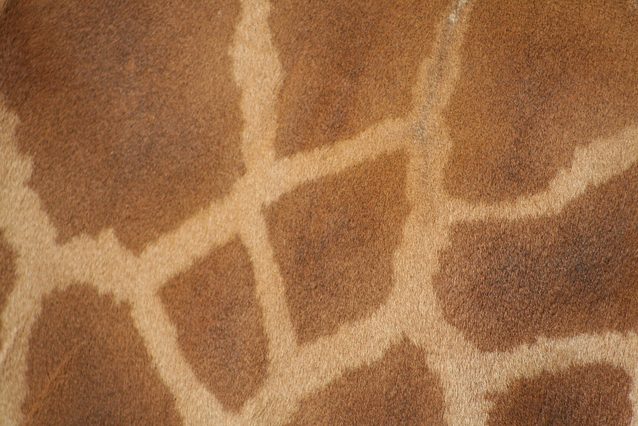 Spots distinguish one giraffe from another. They help them recognize each other and tell them apart because each of them has a distinct design that serves as a unique identifier just like human fingerprints in the sense that no two patterns are the same. Researchers use these patterns to identify individual giraffes both in captivity and in the wild.
Spots distinguish one giraffe from another. They help them recognize each other and tell them apart because each of them has a distinct design that serves as a unique identifier just like human fingerprints in the sense that no two patterns are the same. Researchers use these patterns to identify individual giraffes both in captivity and in the wild.
To receive a colourful digibook about giraffe with videos, images and text, please fill out the following form or simply email us on safaris@safari-center.com

